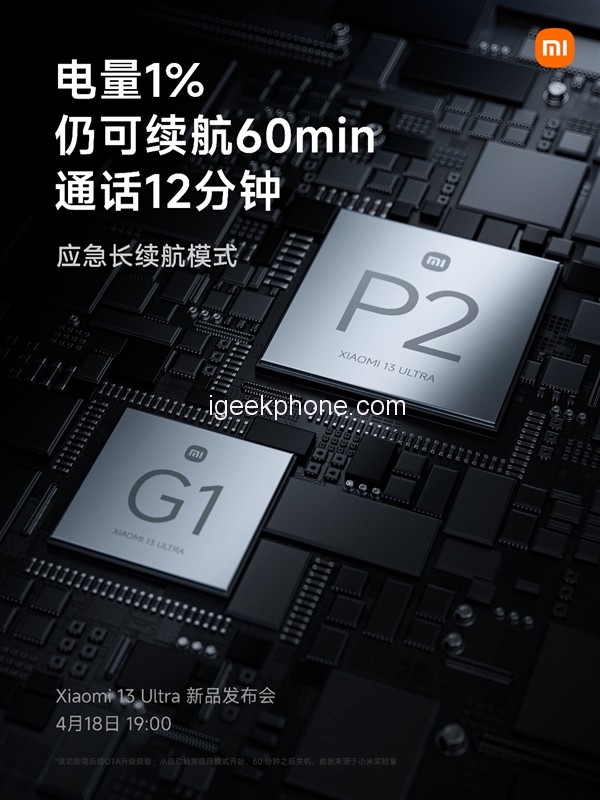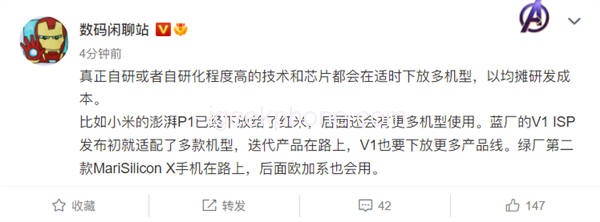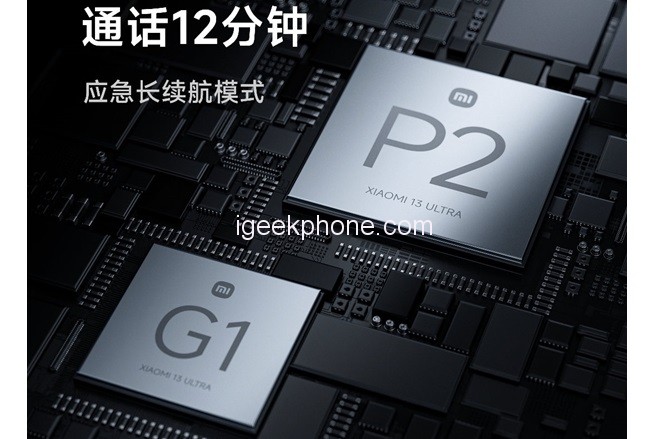Earlier today, Lei Jun made an official announcement revealing that the upcoming Xiaomi 13 Ultra will be powered by Surge P2/G1 chipset, bringing significant upgrades to its battery performance.
One of the notable features of the 13 Ultra is the emergency long battery life mode, allowing the device to last for an additional 60 minutes even when the battery is down to its last 1%. This feature ensures that users won’t be caught off guard by unexpected power failures.

The surge G1 chip, which was first introduced in the 12S Ultra last year, offers three key functionalities: battery health monitoring, accurate battery life prediction, and battery life improvement. Drawing inspiration from the Battery Management System (BMS) technology used in electric vehicles, the surge G1 SoC provides real-time monitoring of battery safety at the millisecond level, resulting in the most precise battery life prediction in the industry and effectively extending the battery life of the Mi 13 Ultra.

The surge P2 chipset is a brand-new addition, succeeding the previous P1 SoC used in the Xiaomi 12S Ultra. The P1 chip-enabled single-cell 120W fast charging, makes the 100W fast charging body slimmer and lighter. However, with the P2 chip, Xiaomi aims to push the boundaries even further, with the potential to achieve single-cell super-100W and dual-cell super-100W solutions, potentially enabling 200W-level charging with a single cell.
It’s worth noting that the limitation of 67W fast charging on the 12S Ultra was a disappointment for many users last year. However, with the introduction of the surge P2/G1 chip in the Xiaomi 13 Ultra, Xiaomi aims to address this shortcoming and is expected to offer an upgraded 100W fast charging capability, making it a highly anticipated feature for users to look forward to.
Do not forget to follow us on our Facebook group and page to keep you always aware of the latest advances, News, Updates, review, and giveaway on smartphones, tablets, gadgets, and more from the technology world of the future.










